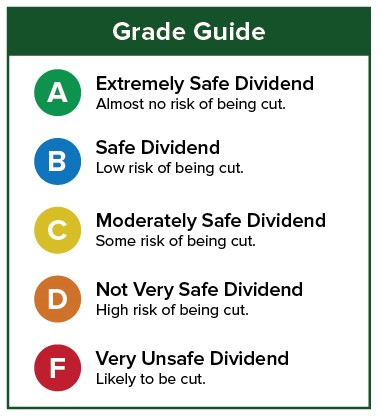Master limited partnerships (MLPs) have had a tough go of it in this energy-hating market. Practically everything tied to energy has seen its price fall dramatically.
But one of the things that makes MLPs so enticing is their high yields. Energy Transfer Partners (NYSE: ETP) currently pays a juicy 8.1% yield.
Last month, the company raised the distribution by over 8% to $4.14 annually.
[ad#Google Adsense 336×280-IA]In fact, it was the eighth quarter in a row that the company has boosted its distribution to unit holders (MLP investors are called unit holders instead of shareholders and receive distributions instead of dividends).
Prior to that, the company’s dividend remained stable from May 2008 to August 2013.
Since Energy Transfer Partners began paying a distribution in 1999, it has cut the payout once, in 2008.
Energy Transfer Partners operates 7,700 miles of natural gas pipelines in Texas and 12,800 miles of interstate pipelines. It also has facilities that can store 53 million barrels of natural gas liquid.
Despite the tough environment for energy companies, investors in Energy Transfer Partners don’t appear to have much to worry about when it comes to their distributions getting paid.
For a typical company, we look at whether it generates enough free cash flow to pay the dividend. With an MLP, the metric we use is distributable cash flow (DCF). It is similar to free cash flow, but it also subtracts the cash that is paid to the general partner. Most MLPs have a general partner that is paid a fee for running the business. What is left over after the general partner collects the fee is the DCF.
In the first six months of the year, DCF totaled $1.72 billion. During that period, the company paid out $1.69 billion in distributions for a coverage ratio of 1.03. That means for every dollar Energy Transfer Partners paid out, it generated $1.03 in DCF.
 On a per-share basis, the company is expected to generate $4.77 per share in cash in 2015.
On a per-share basis, the company is expected to generate $4.77 per share in cash in 2015.
At the current distribution level, the total payouts for the year will be $4.08.
Next year, DCF is projected to rise to $4.93. So it appears that the company shouldn’t have a problem paying investors the distribution.
And with DCF expected to grow, I wouldn’t be surprised if management continued to raise the distribution each quarter.
I can’t give the stock my highest rating because it did have a distribution cut in the recent past.
But as long as Energy Transfer Partners continues to grow DCF, the distribution should be pretty safe.
Dividend Safety Rating: B
Hoping your longs go up and your shorts go down,
Marc
[ad#wyatt-income]
Source: Wealthy Retirement



